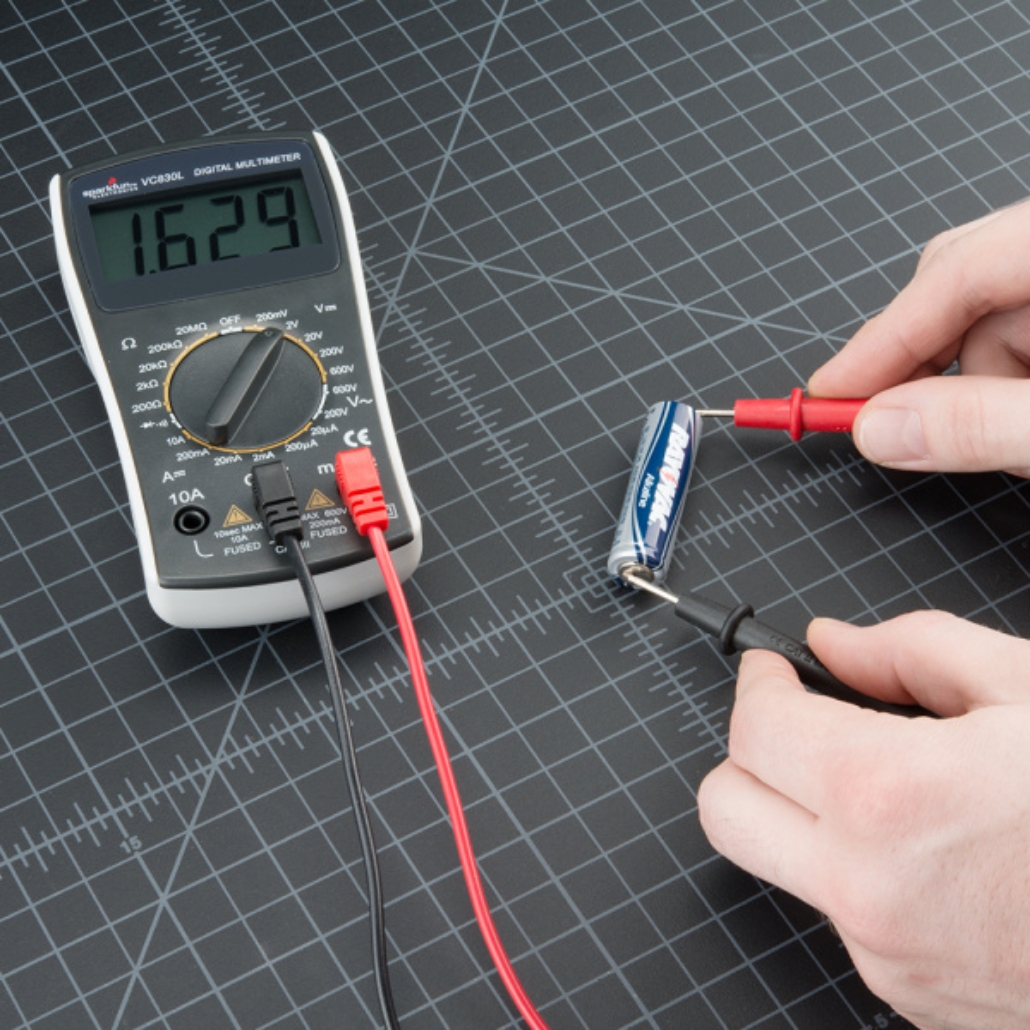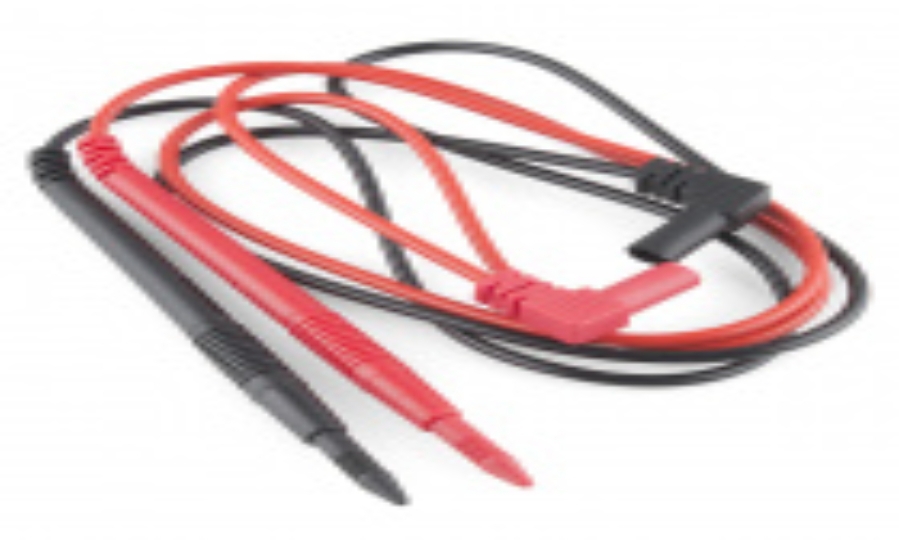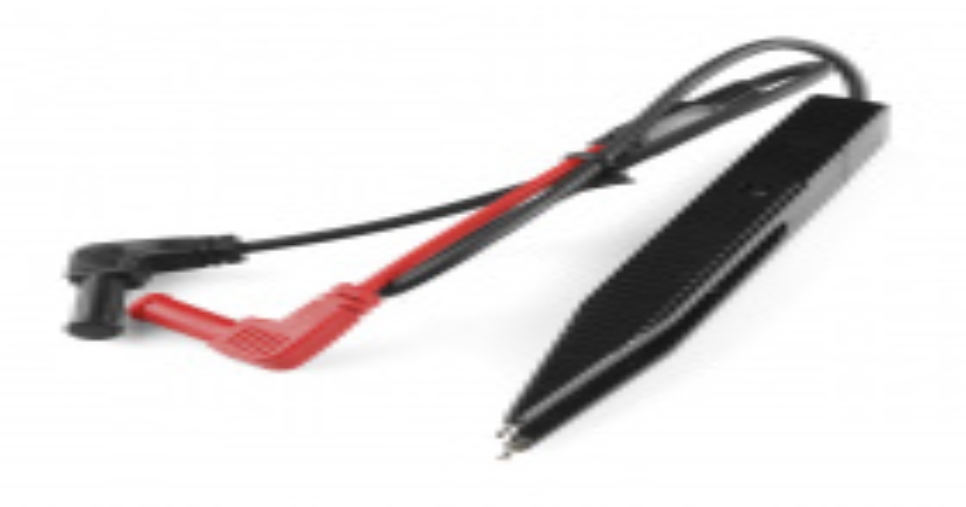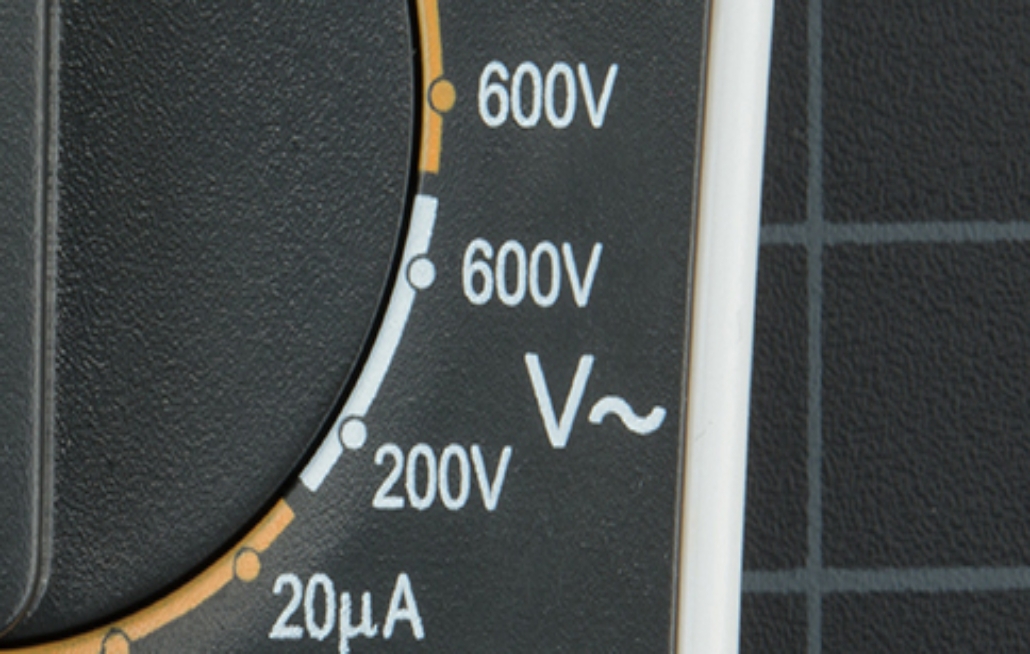Understanding you digital multimeter
Guide on how to understand and effectively use all the function on your digital multimeter
copyright@2020
Benson Hoggard
Chapter one
Guide to Use a Multimeter
How would I use a multimeter?
This instructional exercise will guide you in the best way on how to use a digital multimeter (DMM), a fundamental device that you can use to analyze circuits, find out about others' electronic plans, and even test a battery. Henceforth the 'multi'- 'meter' (multiple measurement) name.
The most important things we measure are current and voltage. A multimeter is additionally
incredible for some fundamental once-overs to verify everything seems ok and troubleshooting. Is your circuit not working? Accomplishes the switch work? Put a meter on it! The multimeter is your first safeguard while troubleshooting a system. In this instructional exercise we will cover measuring voltage, current, resistance and continuity.
Recommended Reading
These ideas might be useful with this instructional exercise:
How to utilize a Multi-meter Hand-out
What is Electricity?
Voltage, Current, Resistance, and Ohm's Law
What is a circuit?
Metric Prefixes
How to Use a Breadboard
Connector Basis
Polarity
Series and Parallel Circuits
AC versus DC current
PCB Basics
We will using the SparkFun VC830L all through the
instructional exercise, yet these techniques ought to apply to most multimeters.
Digital Multimeter - Basic
Digital Multimeter - Basic
USB Power Meter (Color TFT LCD)
USB Digital Multimeter - Auto-Ranging (RS232 Output)
Shrewd SMD Tester
Chapter two
Parts of a Multimeter
A multimeter is has three sections:
Display
Selection Knob
Ports
The DISPLAY typically has four digits and the capacity to show a negative sign. A couple of multimeters have enlightened showcases for better review in low light circumstances.
The SELECTION KNOB allows the user to set the multimeter to peruse various things, for example, milliamps (mA) of current, voltage (V) and opposition ().
Two tests are connected to two of the PORTS on the facade of the unit. COM represents common and is quite often associated with Ground or '- ' of a circuit. The COM test is traditionally dark yet there is no contrast between the red test and dark test other than shading. 10A is the unique port used when estimating enormous flows of current (more than 200mA). mAV is the port that the red test is routinely connected to. This port permits the estimation of current (up to 200mA), voltage (V), and opposition (). The tests have a banana type connector on the end that connects to the multimeter. The meter will work with any form of banana attachment to it. This takes into account various kinds of tests to be used
The use a Multimeter in testing a voltage on a LiPo Battery.
Test Types
There are various type of probes accessible for multimeters. These are some topic we would like to pick
Banana to Alligator Clips : These are incredible cables for associating with enormous wires or pins on a breadboard. Useful for performing longer term tests where you don't must have to hold the tests set up while you control a circuit.
Banana to IC Hook: IC hooks function admirably on more modest ICs and legs of ICs.
Banana to Tweezers: Tweezers are convenient in the event that you are expecting to test SMD parts.
Banana to Test Probes: If you actually break a probe, they are modest to replace!
Banana to IC Hook Cables
Banana to Alligator Cable
Multimeter Probes - Needle Tipped
Multimeter Probes - Tweezers
Estimating Voltage
To begin, we should quantify voltage on an AA battery: Plug the dark test into COM and the red test into mAV. place the multimeter to "2V" in the DC (direct current) range. Practically all compact hardware utili ze direct current), not exchanging current. Associate the dark test to the battery's ground or '- ' and the red test to control or '+'. Add pressure to the tests with a little weight against the positive+ and negative- terminals of the AA battery. In the event that you have a new battery, you should see around 1.5V on the presentation (this battery is shiny new, so its voltage is somewhat higher than 1.5V).

In case you're estimating DC voltage, (for example, a battery or a sensor hooked to an Arduino) you need to set the knob where the V has a straight line. AC voltage (like what emerges from the divider) can be risky, so we infrequently need to utilize the AC voltage setting (the V with a wavy line close to it). In case you're meddling with AC, we suggest you get a non-contact tester instead of using a digital multimeter.
Use the V with a straight line to quantify DC Voltage
Use the V with a wavy line to quantify AC Voltage
What will occur if you switch the red and black probe? The reading on the multimeter is essentially negative. Nothing awful occurs! The multimeter measures voltage corresponding to the regular test. What amount of voltage is there on the '+' of the battery contrasted with normal or the negative pin? 1.5V. On the off chance that we switch the tests, we characterize '+' as the normal or zero point. What amount of voltage is there on the '- ' of the battery contrasted with our new zero? - 1.5V!
























